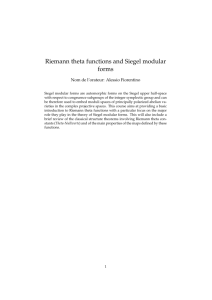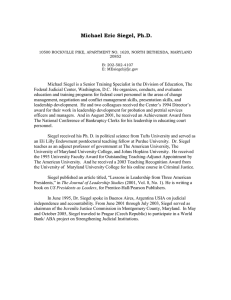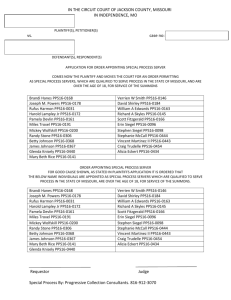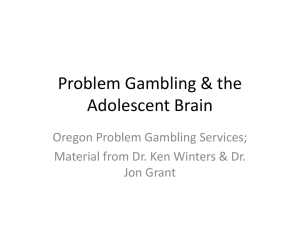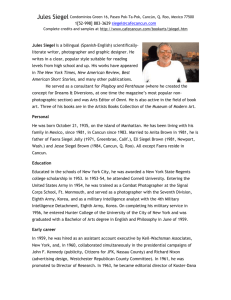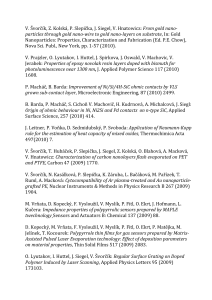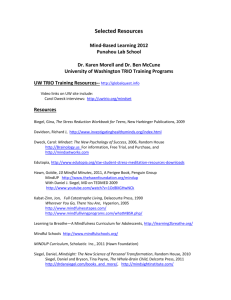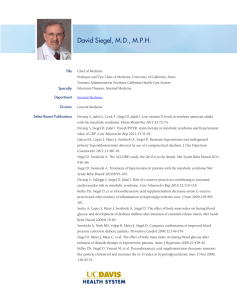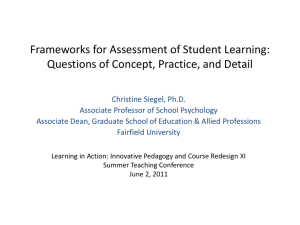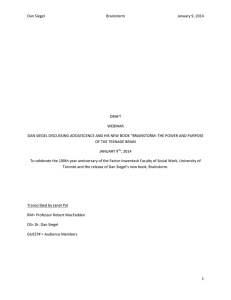The Virtues of Adolescence are in the Mind
advertisement
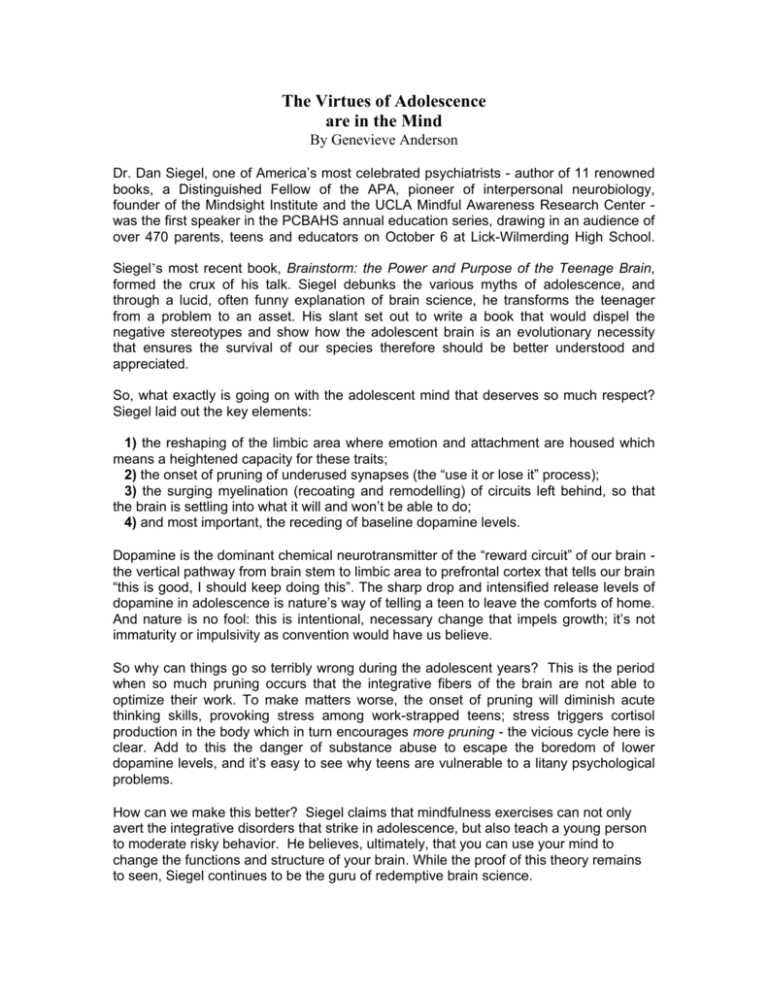
The Virtues of Adolescence are in the Mind By Genevieve Anderson Dr. Dan Siegel, one of America’s most celebrated psychiatrists - author of 11 renowned books, a Distinguished Fellow of the APA, pioneer of interpersonal neurobiology, founder of the Mindsight Institute and the UCLA Mindful Awareness Research Center was the first speaker in the PCBAHS annual education series, drawing in an audience of over 470 parents, teens and educators on October 6 at Lick-Wilmerding High School. Siegel’s most recent book, Brainstorm: the Power and Purpose of the Teenage Brain, formed the crux of his talk. Siegel debunks the various myths of adolescence, and through a lucid, often funny explanation of brain science, he transforms the teenager from a problem to an asset. His slant set out to write a book that would dispel the negative stereotypes and show how the adolescent brain is an evolutionary necessity that ensures the survival of our species therefore should be better understood and appreciated. So, what exactly is going on with the adolescent mind that deserves so much respect? Siegel laid out the key elements: 1) the reshaping of the limbic area where emotion and attachment are housed which means a heightened capacity for these traits; 2) the onset of pruning of underused synapses (the “use it or lose it” process); 3) the surging myelination (recoating and remodelling) of circuits left behind, so that the brain is settling into what it will and won’t be able to do; 4) and most important, the receding of baseline dopamine levels. Dopamine is the dominant chemical neurotransmitter of the “reward circuit” of our brain the vertical pathway from brain stem to limbic area to prefrontal cortex that tells our brain “this is good, I should keep doing this”. The sharp drop and intensified release levels of dopamine in adolescence is nature’s way of telling a teen to leave the comforts of home. And nature is no fool: this is intentional, necessary change that impels growth; it’s not immaturity or impulsivity as convention would have us believe. So why can things go so terribly wrong during the adolescent years? This is the period when so much pruning occurs that the integrative fibers of the brain are not able to optimize their work. To make matters worse, the onset of pruning will diminish acute thinking skills, provoking stress among work-strapped teens; stress triggers cortisol production in the body which in turn encourages more pruning - the vicious cycle here is clear. Add to this the danger of substance abuse to escape the boredom of lower dopamine levels, and it’s easy to see why teens are vulnerable to a litany psychological problems. How can we make this better? Siegel claims that mindfulness exercises can not only avert the integrative disorders that strike in adolescence, but also teach a young person to moderate risky behavior. He believes, ultimately, that you can use your mind to change the functions and structure of your brain. While the proof of this theory remains to seen, Siegel continues to be the guru of redemptive brain science.
